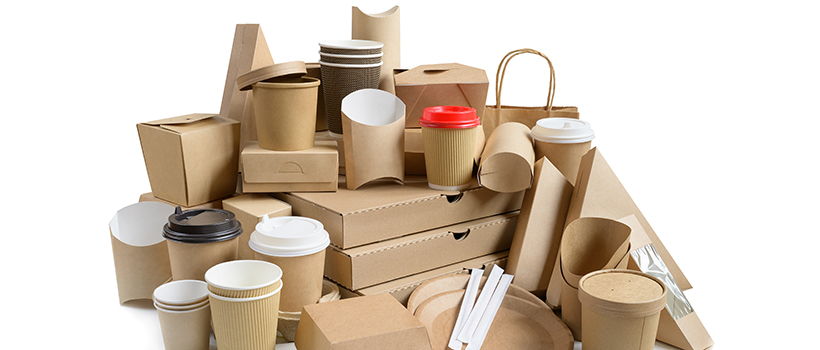
Bans of perfluoroalkyl substances (PFAS) in food packaging gain traction: Get ready with PFAS testing
14 January 2022 | Danielle Cawdron, Section Manager
Governments around the world are currently trying to remove PFAS from the food supply, as well as the environment. A patchwork of new legislations in recent years have banned packaging products with PFAS with increased pressure on manufacturers to provide safe alternatives. In Europe, Denmark became the first country to ban PFAS in packaging in July 2020. Many other European nations are proposing a joint REACH restriction to limit their manufacture and around the world, NGOs are asking for a prohibition on PFAS in food packaging.
The call for a ban on PFAS in food packaging is so significant that already the fast-food chain McDonalds and online retailer Amazon have announced their commitment to phase out PFAS in food packaging. With a direct impact on numerous companies, including paper mills and food packaging manufacturers, it is now only a matter of time before others follow suit.
So, what are PFAS and why are they a concern?
PFAS, also called per- and polyfluoroalkyl chemicals, are part of a class of about 9,000 fluorinated compounds. Due to their structure and properties, PFAS are widely used as they provide a non-stick barrier to fat and water. The compounds are therefore found in takeaway food packaging, microwavable bags, kitchen utensils, and cookware.
Linked to a range of serious health problems, they are dubbed “forever chemicals” because they don’t break down naturally and consequently toxic exposures continue even after the packaging is disposed of.
PFAS concerns with food packaging
The basic concern with PFAS in food packaging is that consumers and some researchers fear that PFAS in food packaging can leach into food, which then provides an easy ingestion source for consumers.
The latest pressure to ban PFAS from food packaging increases pressure on companies in the food packaging world. All of these companies find themselves needing to adapt – quickly – to the growing trend to ban PFAS from food packaging. Under potentially constrained timelines, companies must look for substitutes, undertake PFAS testing and R&D, and conduct due diligence in order to ensure that substitutes marketed as “PFAS free” are, in fact, from the thousands compounds that make up the PFAS class of chemicals.
How we can help
As strict enforcement measures to regulate PFAS are only just beginning, it is more important than ever to understand what your products are made of, find safer alternatives to PFAS in food packaging and ensure compliance.
Analysis of PFAS remains a heavy burden for industrial labs because of the sheer number and variety. At Campden BRI, we have an established testing and analysis method adaptable to food and drink products which can detect PFAS compounds within the regulated limits. Not only this method is suitable for direct contamination, but it can also be adapted to measure the migration of PFAS compounds from the food contact material into the food. Migration is monitored over a period of time with consideration to food storage timescales and variations in conditions (such as temperature or humidity).
We also offer a regulatory service to keep you up to date with PFAS regulation and the impact on products and markets.

About Danielle Cawdron
Danielle Cawdron joined Campden BRI in 2009 as a technician in the Chemistry and Biochemistry department having graduated with a Master's degree in Chemistry.
Danielle’s current role is Chromatography. Her key area of responsibility is concerned with the potential chemical migration from food contact materials into their packaged goods.
Danielle supervises all aspects of analytical and consultancy work of the group and is the primary client liaison point for all enquires relating to global legislative compliance for food contact materials as well as the practical aspects of undertaking migration testing.
How can we help you?
If you’d like to find out more about PFAS testing, contact our support team to find out how we can help.
Are you a Campden BRI member who attends the MIG meetings?
- If not, you’re missing out on a whole host of exclusive benefits such as learning from industry-leading experts and networking with peers to overcome your challenges.







